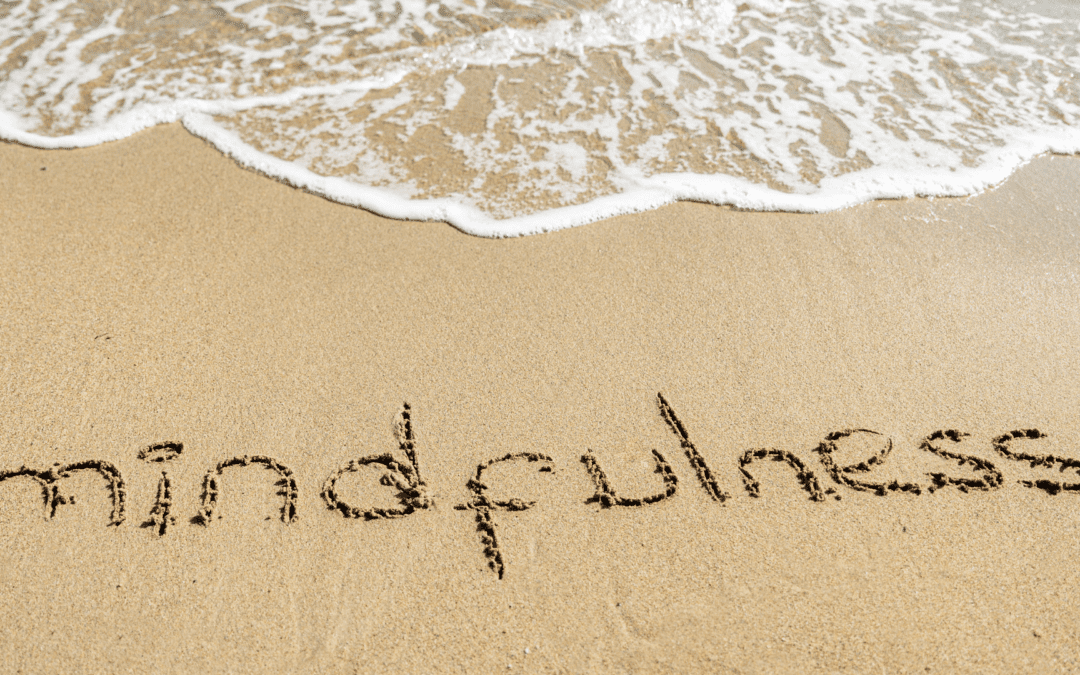By Wayne “Dr. B” Benenson, Ph.D.
This is my last post for the EVJCC blog. I am left with two seemingly opposite feelings, of both sadness and gratitude. I feel sad since I will no longer be sharing these monthly moments of mindfulness. And, at the same time I feel grateful for the opportunity to share something I care about with a receptive audience. These posts have been a sort of meditation for me, pulling out what’s most succinct and savory about “minding the gap” between what I am aware of and what more I could be aware of.
When I choose to be mindful, unconscious habits of stereotyping dissolve and I can see my assumptions more clearly. I observe my assumptions as thoughts as they first arise instead of noticing them only after the barn door has been closed. This intent to pay close attention, on purpose, in the present moment, allows me to view what’s happening as fluid and not fixed. It’s about accepting things as they are and not about how I would prefer it to be. As is. For me, the pathway to this awareness goes through the filter of both/and thinking.
The premise of both/and thinking is that multiple things can be true at the same time. You can feel both grateful and resentful about the pressures of parenthood. You can both love your career and wish you had more time with family. You can appreciate staying home with your kids and yet trapped by its routines. Both/and thinking makes room for the multiple experiences people interpret their reality and is a safeguard for implicit bias. Specifically, how do thoughts and feelings outside our conscious awareness affect our judgment?

The premise of both/and thinking is that multiple things can be true at the same time. You can feel both grateful and resentful about the pressures of parenthood. You can both love your career and wish you had more time with family.
A classic example is the following riddle: A father and his son were in a car accident. The father dies at the scene. The boy, badly injured, is rushed to a nearby hospital. In the hospital, the operating surgeon looks at the boy and says, “I can’t operate on this boy. He is my son.” How can this be if the father has just died? Mahzarin Banaji, a social scientist who studies implicit bias, recently put the riddle up on social media. Eighty percent of people who responded to the riddle did not get the right answer. Eighty percent. The answer to the riddle is simply that the surgeon is the child’s mother.
In a world of competing demands it seems as if either/or thinking is the dominant mindset of our culture. My problem with an either/or mentality is that I am immediately settling for one or the other before getting the chance to consider if something more or something different is possible. I break this yoke by asking, “What other options might work in this situation?”
Finally, both/and thinking is not the enemy of perspective or compassion. It creates breathing room so you can work through an intense experience without judgment. Therein lies the secret of the both/and response: take a moment to take a conscious breath and just notice what you are experiencing, without judgment.
For example, when you are confronted by the pain of someone you care about, a both/and response might be: May I offer love, knowing I cannot keep you from suffering? Both/and thinking allows a spacious stillness to emerge that can accept things as they are. This mindfulness practice helps bring balance that honors both the blessings and burdens unfolding in front of you. And here’s the interesting part: embracing the rawness of grief will feel oddly like relief.
So, I rest my fingers on the keyboard and just appreciate the sadness and gratefulness of this moment. Thanks for journeying with me on these Mindful Mondays. And … as a parting gesture from our time together, here’s a fun (hopefully) quiz.
Quiz: Mindful or Unmindful?
(Answers below*)
- Paying such close attention to what someone is saying that you can repeat or explain it to someone else.
- Rejecting new food that you’ve never tasted before because it is unfamiliar to you.
- Multitasking
- Moving over to a slower lane when the car behind you rides your bumper.
- Choosing a style of clothing praised by your closest friend even though it makes you feel uncomfortable.
- While walking your dog in the park you see a woman on a park bench eyeing the dog nervously. You intentionally choose a footpath leading away from her.
- A man with a long stride holds the door open for a woman with a short stride; he misjudges her stride and releases the door too quickly and it hits on her heel as she walks over the threshold.
Dr. B, aka Wayne Benenson, Ph.D., has had lots of career opportunities to be mindful: as an elementary and early childhood teacher, a college professor and a researcher on peer mediation. He currently offers mindfulness tutorials, short and sweet (20 minutes), via Zoom. For more information check out his Facebook page at or contact him here.
* Mindful: 1,4, 6; Unmindful: 2,3, 5, 7




